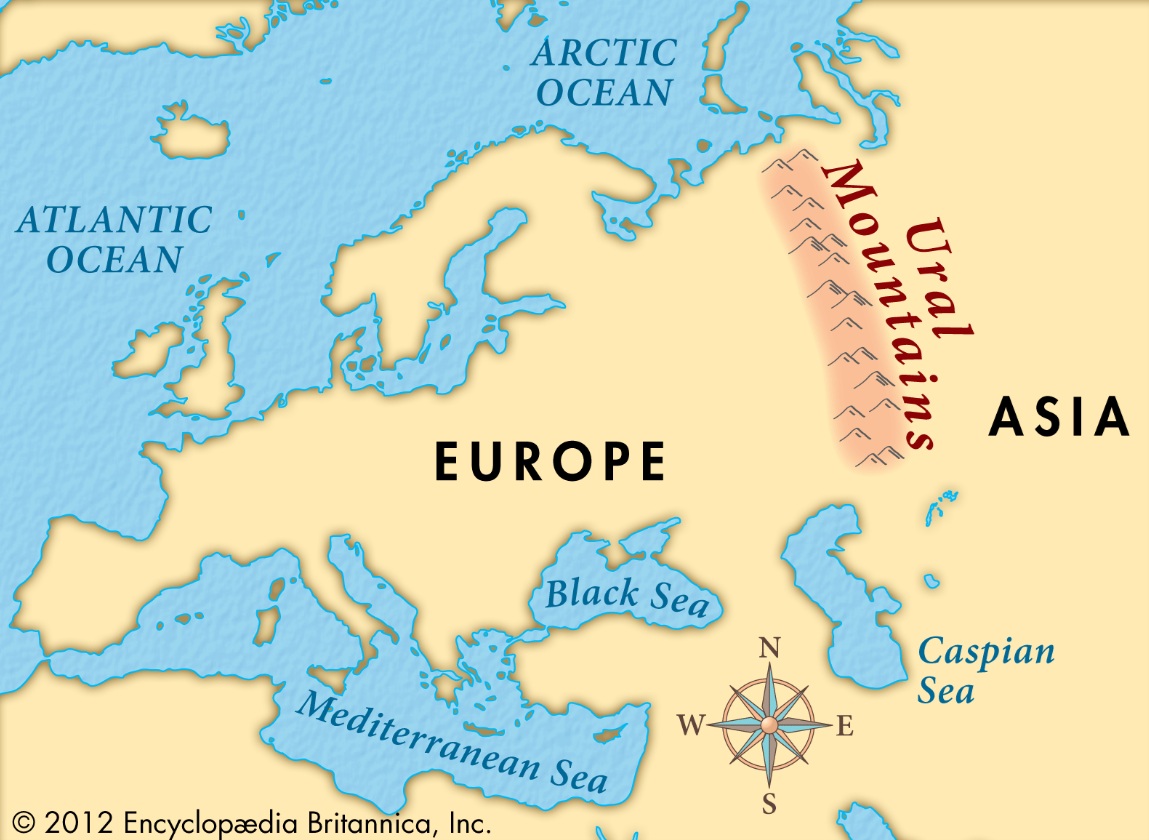“Mega-Asia” and a New Regionalism: “North Asia”
The concept of “Mega-Asia” has emerged as a framework to capture the rising Asia of the 21st century. Asia is generally regarded as being comprised of the regions of West Asia, Central Asia, South Asia, Southeast Asia, and Northeast Asia. But what about the northern boundary of Asia? As we believe that this northern boundary also needs to be recognized and defined, we have given it a name – “North Asia” – and established the Ural Mountains as its western boundary. This means that some parts of Russia fall under “North Asia.”
But then can we say that Russia is part of the “North Asian” region of Asia? Regions are processual outcomes that are shaped by various actors and are constructed through political processes. A region attains “regionhood” through discursive practices, undergoing the process of regionification. By acquiring regionhood, the “regionness” (the degree of internal interaction and cohesion as a unit) of a region is enhanced through political practices and interactions. Bearing in mind these material and ideological conditions for defining a region, it is therefore necessary to examine whether the “North Asian” region has the potential to acquire “regionhood” and “regionness” and thus become regionalized.
The term “North Asia” may be unfamiliar to many, but it does exist as a geographical region. In general, Russia is divided by the Ural Mountains, with Europe to the west and Asia to the east. Straddling the vast expanses of Europe and Asia, Russia has historically constructed its own regional identity in the space between Asia and Europe. The perception of whether it is a European or Asian country has shifted depending on where it has looked for its identity and models of national development.
In order to examine whether the North Asian region in Russia has been acquiring an Asian regionality through inter-regionalism or supra-regionalism, we need to analyze the changes that are being shaped and driven by spontaneous and bottom-up dynamics at the sub-regional level, the expanding connectivity of North Asia arising from the expansion of networks, and the process of North Asianization driven by national strategies. When economic and people-to-people exchanges in border regions are activated, resulting in more enhanced networks and greater subregional cooperation, the likelihood of regionalization and therefore the growth of the concept of “North Asia” may increase (the bottom-up method). The formation of the Northern Sea Route transportation network can also drive the formation of a “North Asian” region (middle method). Finally, the likelihood of a “North Asia” region is likely to increase when strong national interests in the formation of such a region emerge (top-down method).

Fig. 1: The Europe-Asia boundary within Russia. (Photo courtesy of Encyclopædia Britannica, Inc., available here)
Russia and East Asia are distant neighbors in terms of civilization, and from the perspective of identity and Russia as a whole, it is unlikely that Russia will integrate with Asia. However, if the Russo-Ukrainian war comes to an end and transnational networks are reactivated through people-to-people exchanges with Asian neighbors, such as the countries of the Far East, this may become a major mechanism for regional integration.
“Mega-Asia” and “North Asia” were established as new regional frameworks in the hopes that they could act as channels for resolving conflicts and contradictions within East Asia in the era of strategic competition between the United States and China. Within East Asia’s current regional order, there are clear limitations in resolving issues such as the territorial conflicts inherent in East Asia, the North Korean nuclear issue, and the issue of US-China rivalry. In addition, a regional approach to “North Asia” provides the framework that has the potential to incorporate North Korea, an isolated authoritarian regime, into the region.
The regionalization of Asia through informal and open networks can enhance regional stability and mitigate conflicts in the region, as it can help to address regional security issues by forging ties between countries. Within the conceptual dynamics of “Mega Asia,” the strategic value of the development of North Asian regionalization becomes clear.
Jeong Yoon YANG, Senior Researcher, National Security Research Institute (NSR). Email: jyyangrok@nsr.re.kr
Beom Shik SHIN, Professor, Faculty of Political Science and International Relations, Seoul National University. Email: sbsrus@snu.ac.kr